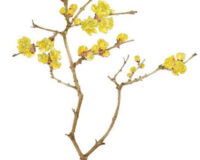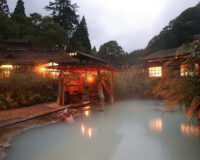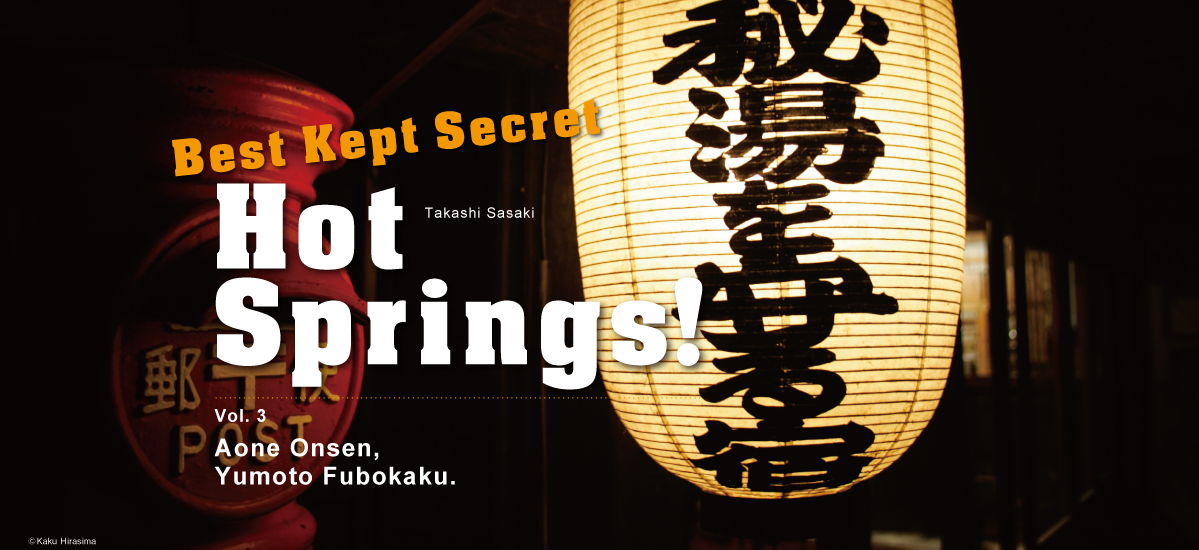
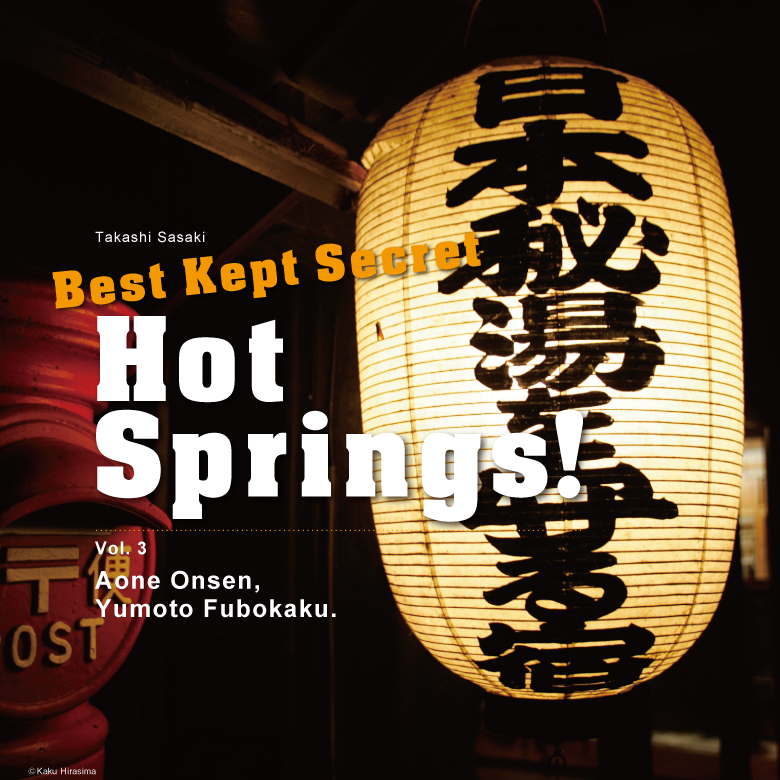
Lanterns hanging beneath the eaves of some of Japan’s more tucked-away hot spring inns proclaim that these establishments belong to the Japan Association of Secluded Hot Spring Inns. Beginning with thirty-three inns in 1975, the association now has a membership of 185 inns. Many of these used to be off the grid, literally; the type of place with no electricity that you might finally reach at the end of a long hike in the mountains. Times have changed though, and there are those who lament that many of these ‘hard-to-reach’ hot springs have become too luxurious! In this series we introduce off-the-beaten-track hot springs that can be enjoyed by people of all ages – onsen inns where the cloudy waters are nature’s very own hospitality.
Text : Sasaki Takashi / Photos : 平島 格 Kaku Hirashima / English Version : Judy Evans
Keyword : Hot Springs / Travel / Onsens / Ryokan / Miyagi Prefecture
The Favourite Springs of Generations of Feudal Lords
When successive daimyō (feudal lords) of northern Japan’s powerful Sendai Domain needed a place for rest and recuperation, it was to Aone Onsen in the eastern foothills of Mt Zaō that they came. Owing to its illustrious patrons, the onsen earned the nickname ‘goten-yu’, or ‘palace spa’. However, local legend has it that the first generation lord of the domain, the great Masamune Date, named the springs Yumoto Fubōkaku (the “Not-to-be-forgotten Hot Springs) because of the excellent healing waters. The largest of the many baths on the premises, the Ōyu-Kinsendō, was once a public therapeutic spa, but is now used exclusively by Yumoto Fubōkaku. In this spacious bathhouse, scented by the fragrance of timber, guests can revel in luxury just as generations of feudal lords did before them.
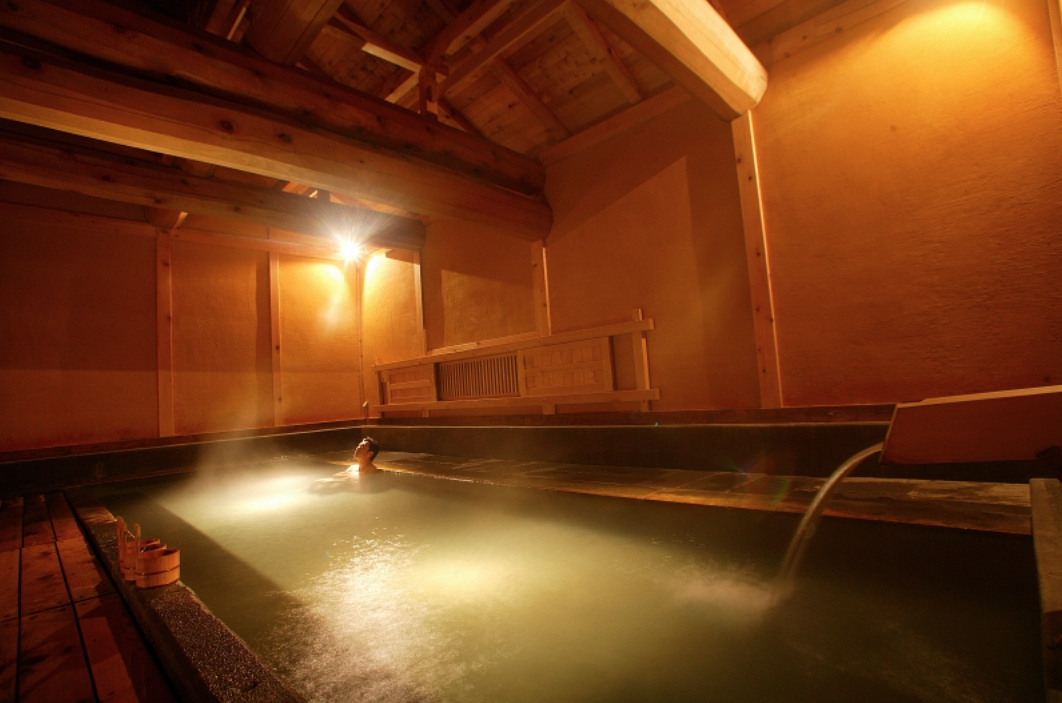
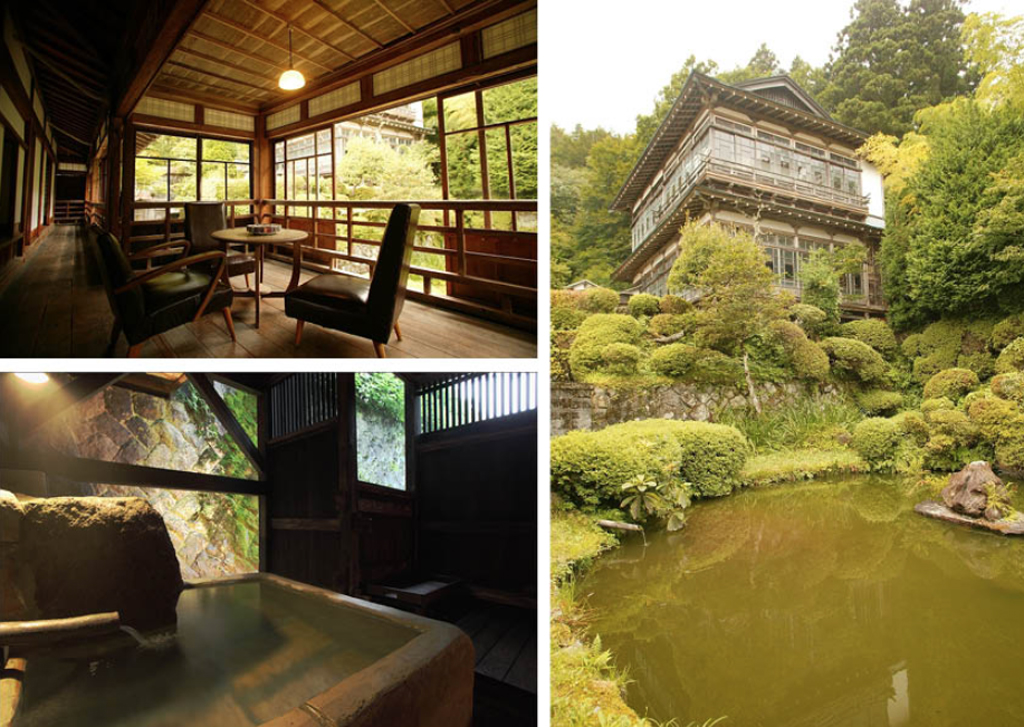
Admire the traditional architecture and skills of master craftsmen of bygone eras
One of the biggest charms of Yumoto Fubōkaku is the wide range of different types of bath that can be enjoyed without ever leaving the premises. Among several options there’s the Shin’yu bath built in the 16th century from stone quarried at Mt Zaō; the Kurayu Yokusu, a traditional earthen storehouse built in the late 1800s with baths inside, or the semi-open-air rotenburo bath that can be reserved for private use.
Another attraction is the wonderful historical buildings, some of which are registered tangible cultural properties. The Aone Goten building, completed in 1923, is a replica of the palace building that accommodated generations of Sendai lords throughout the Edo Period (1603-1868). In addition, the spacious grounds house the main building, the annex and other detached buildings, all of which highlight the skills of master craftsmen of the different eras.
Clearly, there’s more to Yumoto Fubōkaku than just the magnificent cuisine and excellent restorative waters. Each day after breakfast, guest can soak up even more of the history of this venerable onsen with a unique guided tour of the Aone Goten building, which houses armour and other items associated with the Date clan.
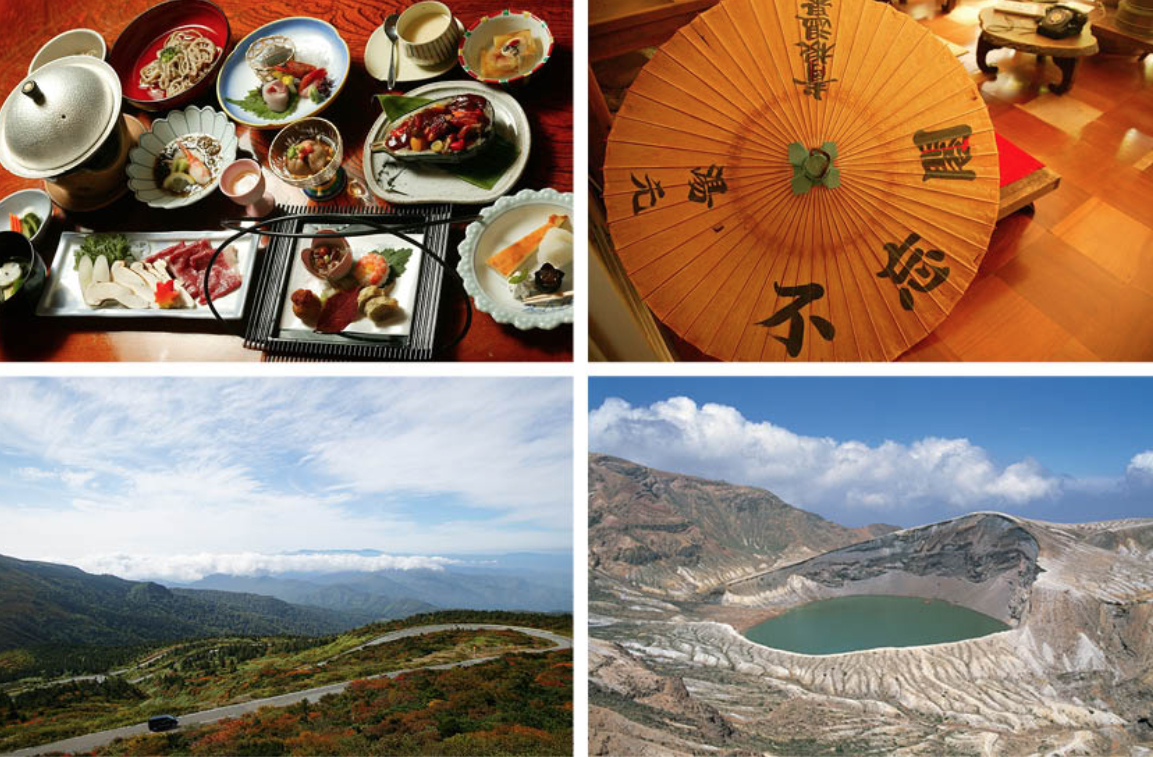
Aone Onsen, Yumoto Fubōkaku
Address: Aone Onsen 1-1, Kawasaki-machi, Shibata-gun, Miyagi Prefecture
Phone: 0224-87-2011 (in Japanese)
Number of rooms: 14
Check in: 16:00 / Check out: 10:00
Accommodation rate including dinner and breakfast: from 17,970 yen per person.
No daytime-only visits.
Access by public transport: From the Tōhoku Shinkansen Shiraishi Station, take the Miyagi Kōtsū bus bound for Togatta Onsen. Get off at the final stop.
Access by private vehicle: Approx. 25 km / 2 hours by car from the Tōhoku Expressway Shiroishi Interchange, or 10 km / 20 minutes from the Yamagata Expressway Miyagi-Kawasaki Interchange.
。



